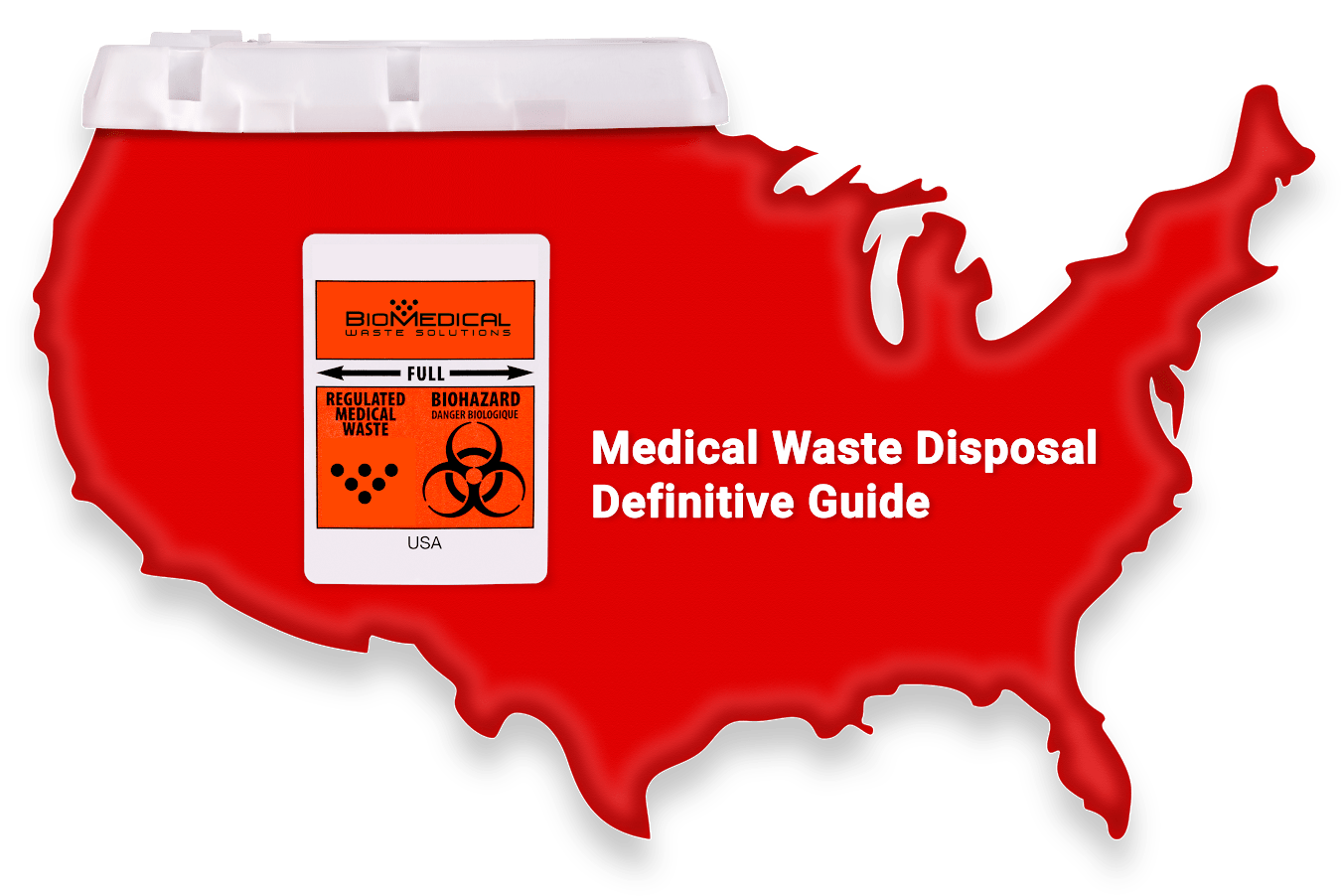Medical Waste Removal Excellence: Your Trusted Partner in Safe Biohazard Disposal
Medical Waste Removal Excellence: Your Trusted Partner in Safe Biohazard Disposal
Blog Article
Discovering Different Garbage Disposal Options for a Cleaner Setting
In the pursuit of a cleaner atmosphere, the administration of garbage disposal has arised as an important focal point for sustainable development. With a wide variety of waste disposal alternatives offered, varying from standard landfill methods to ingenious waste-to-energy modern technologies, the option of how we manage our waste has far-reaching ramifications for our world's wellness. By analyzing the numerous strategies and techniques employed in reusing, composting, incineration, landfill administration, and waste-to-energy procedures, a deeper understanding of their influences and efficiency can be acquired. The pursuit for ideal garbage disposal approaches that focus on ecological preservation while satisfying the demands of a growing population continues to be a pushing worry in today's globe.
Recycling Techniques
Executing efficient recycling approaches is critical in decreasing waste and advertising sustainability in our atmosphere. Reusing includes the process of transforming waste materials right into multiple-use things to protect against unnecessary disposal.
An additional crucial recycling technique is composting, which includes disintegrating organic waste like food scraps and lawn trimmings into nutrient-rich soil. This process not just draws away natural waste from landfills but likewise produces a valuable resource for horticulture and agriculture. In addition, upcycling is an imaginative recycling technique that includes transforming old or thrown out materials right into products of greater top quality or value. By including these different recycling approaches right into our waste monitoring practices, we can dramatically lower our ecological footprint and move towards a much more sustainable future.

Composting Strategies
Efficient waste monitoring practices, such as reusing approaches, lead the way for a cleaner environment, and now, moving the emphasis to 'Composting Techniques', we check out sustainable means to decompose natural waste for ecological benefit. medical waste disposal.
Composting is an all-natural procedure that transforms organic waste, like food scraps and lawn trimmings, into a nutrient-rich dirt change. The secret to successful composting hinges on developing the appropriate equilibrium of green materials, such as fruit and veggie scraps, and brownish products, like dried out twigs and leaves. These materials disintegrate with the help of microbes, damaging down the waste right into valuable compost.
Traditional backyard composting includes layering natural materials in a bin or pile and frequently turning the blend to freshen it. By utilizing composting techniques, we can lower the amount of waste sent out to land fills while developing a valuable product for enriching dirt and supporting plant growth.
Incineration Cons and pros
Incineration, as a waste disposal technique, presents both benefits and drawbacks that warrant careful consideration in the realm of lasting waste administration practices. On the favorable side, incineration can dramatically minimize the quantity of waste, lessening the demand for landfill space and possibly decreasing greenhouse gas emissions.
Nonetheless, there are notable disadvantages to incineration. One significant issue is the potential release of unsafe pollutants into the air, such as dioxins, hefty metals, and particle matter, which can have negative effects on human health and wellness and the environment. In addition, the high initial financial investment and functional prices of incineration facilities pose economic obstacles, making it a less cost-efficient alternative compared to various other waste administration techniques. Careful tracking and guideline are important to reduce these unfavorable influences and make the most of the benefits of incineration as component of an extensive waste monitoring technique.
Landfill Administration Methods
Landfills play an essential duty in waste monitoring and environmental preservation by offering a containment system for the disposal of solid waste products. Effective land fill monitoring methods are necessary to mitigate ecological impacts and make sure the long-lasting sustainability of these garbage disposal websites. One crucial strategy appertains waste compaction to optimize the usage of available space within the garbage dump (click here). By compacting the waste, the quantity is reduced, permitting even more waste to be suited gradually.
Moreover, the implementation of daily cover methods is important in reducing odors, preventing clutter, and decreasing the destination of parasites. Covering the disposed waste at the end of every day assists to include smells and protect against possible ecological contamination. In addition, the tracking of landfill gas discharges and leachate degrees is critical in making sure that environmental requirements are met which any possible threats to surrounding ecological communities are reduced.

Waste-to-Energy Technologies
Among the ingenious strategies to lose monitoring entails using Waste-to-Energy modern technologies to transform strong waste into useful energy resources. Waste-to-Energy (WtE) technologies include a variety of processes that aim to remove energy from waste products through thermal, chemical, or biological methods. This conversion procedure not only minimizes the quantity of waste that finishes up in garbage dumps but likewise generates valuable power sources such as electricity, heat, or biofuels.
Incineration entails burning waste at high temperatures to produce warm and electrical power. Gasification converts waste into a syngas, which can be used for power generation or chemical manufacturing.
Applying Waste-to-Energy technologies can help alleviate environmental problems connected with typical garbage disposal approaches while simultaneously providing a sustainable power resource. Nonetheless, careful factor to consider must be offered to emissions control and making certain the sustainability of feedstock products for these innovations to be genuinely useful for a cleaner atmosphere.

Final Thought
Finally, discovering different garbage disposal options such as reusing, composting, incineration, garbage dump administration, and waste-to-energy technologies is vital for advertising a cleaner setting - click here. Each method has its own benefits and obstacles, however by making use of a combination of these techniques, we can work in the direction of minimizing the quantity of waste that winds up in landfills and inevitably add to an extra lasting future for generations to come
With a wide range of waste disposal choices offered, ranging from traditional landfill methods to innovative waste-to-energy technologies, the selection of just how we handle our waste has significant ramifications for our planet's well-being. medical waste disposal.Incineration, as a waste disposal technique, presents both benefits and negative aspects that warrant mindful factor to consider in the world of lasting waste administration practices.Land fills play a vital role in waste management and ecological conservation by giving a containment system for the disposal find more information of solid waste materials. By compacting the waste, the volume is minimized, enabling for more waste to be suited over time
One of the innovative approaches to waste administration includes harnessing Waste-to-Energy innovations to transform solid waste into functional power sources.
Report this page